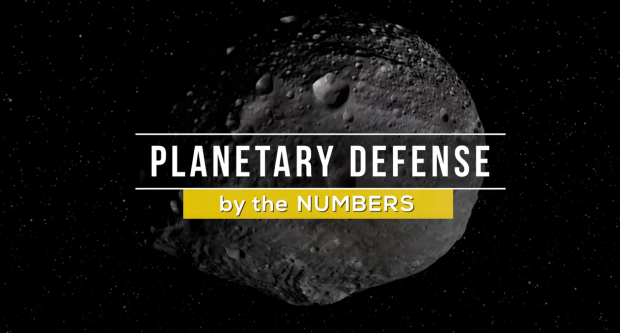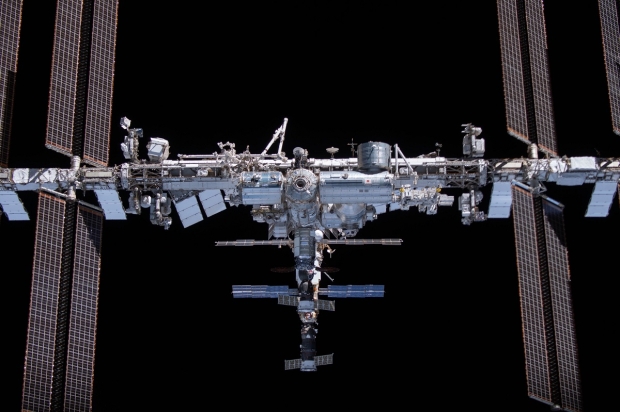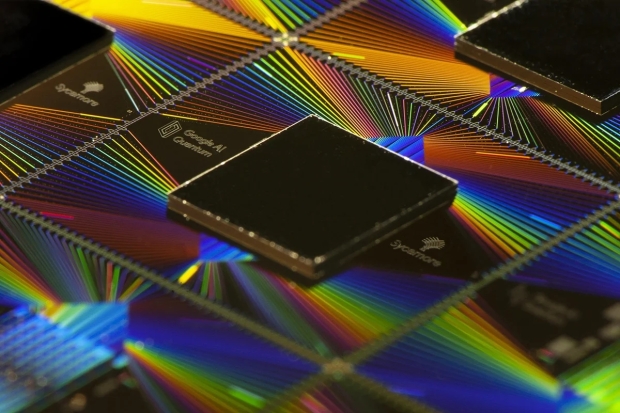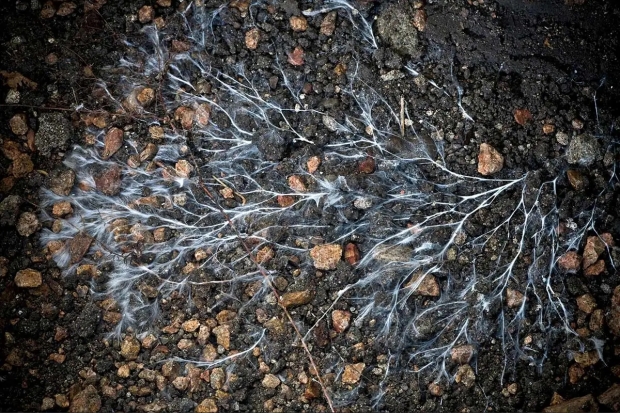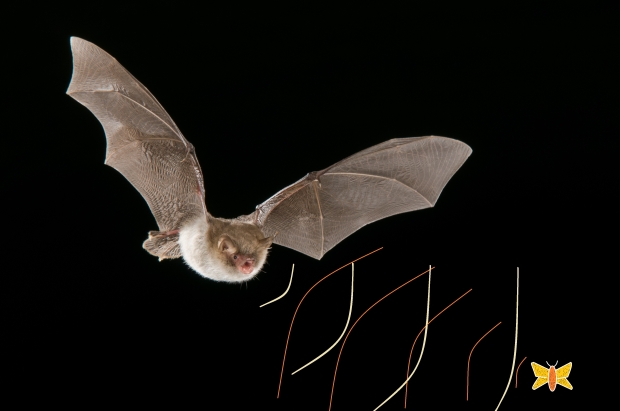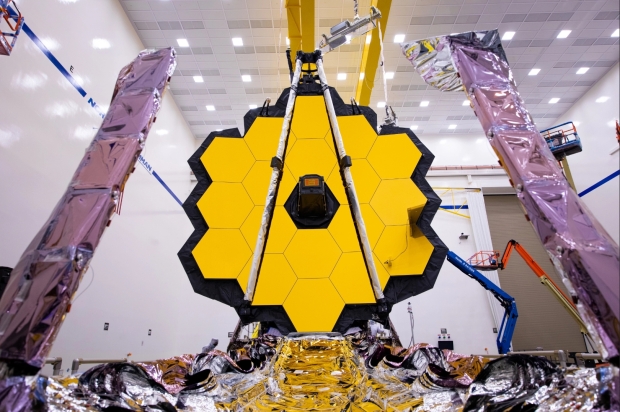Science, Space, Health & Robotics News - Page 232
Fiery space rock filmed lighting up the night sky over many US states
The American Meteor Society (AMS) has tracked another fireball event across the United States, as more than 50 people have reported a sighting.
The new listing appears on the American Meteor Society website and states the AMS received 52 reports about a fireball appearing in the night sky over several US states. Reports came from Georgia, South Carolina, North Carolina, Mississippi, Tennessee, Kentucky, Alabama, Ohio, and Indianapolis. The AMS says that the sighting occurred on Wednesday, December 1st, 2021, around 03:14 UT.
Reports indicate that the fireball was visible for around 2.5 seconds before it disintegrated in Earth's atmosphere, seemingly disappearing in front of onlookers. For those that don't know, the AMS categorizes a meteor as a "fireball" if it is brighter than the planet Venus. There is two videos of the entry of the fireball, one above and one below. If you are interested in reading more about meteors, check out this link here.
Continue reading: Fiery space rock filmed lighting up the night sky over many US states (full post)
Strange massive black hole found, experts say there's 'no explanation'
Astronomers were trying to measure the dark matter profile for one of the Milky Way's satellite galaxies and discovered a massive black hole at the galaxy's center.
Astronomers from The University of Texas at Austin's McDonald Observatory were inspecting a Milky Way dwarf galaxy called Leo I in an attempt to find out of dark matter density increases or decreases towards a galaxy's center. Leo I lacks dark matter, hence its selection as an inspection candidate. The astronomers compiled the data and implemented it, along with models, into a supercomputer and were shocked at the results.
"The models are screaming that you need a black hole at the center; you don't really need a lot of dark matter. You have a very small galaxy that is falling into the Milky Way, and its black hole is about as massive as the Milky Way's. The mass ratio is absolutely huge. The Milky Way is dominant; the Leo I black hole is almost comparable," said UT astronomer, Karl Gebhardt.
Continue reading: Strange massive black hole found, experts say there's 'no explanation' (full post)
NASA explains what it's like landing on the surface of Mars
A NASA expert has answered the following question in a new video posted to the NASA YouTube channel, "What's it Like Landing on Mars?"
Answering this week's question is NASA thermal engineer Alex Scammell, who explains that landing on Mars is a complicated process that is quite challenging, but after every attempt, the agency gains more knowledge on how to execute the landing process more effectively and efficiently. The latest rover to land on the surface of Mars is NASA's Perseverance rover that went from traveling 13,000 mph to a soft landing in just seven minutes. This process included using parachutes, thrusters, and a sky crane.
Scammell goes on to explain that majority of the decrease in speed can be attributed to the Martian atmosphere creating drag on the rover's heat shield. The NASA thermal engineer explains that understanding what the heat shield experienced while it was plummeting towards the surface of the Red Planet would allow for NASA engineers to improve upon future design iterations, which is why NASA engineers equipped instruments under Perseverance's heat shield that measure its conditions.
Continue reading: NASA explains what it's like landing on the surface of Mars (full post)
NASA drops number of asteroids near Earth, and what hasn't been found
NASA 360 posted a video to its YouTube that's a part of its Planetary Defense series that is detailing asteroids that are close to Earth.
The video was posted to the channel back in October and was recently shared to the NASA 360 Twitter account, where NASA posed itself the question, "What do we know about the asteroids and comets in Earth's neighborhood?". The video showcases what NASA knows about near-Earth asteroids by the numbers, and explains that while the majority of the potentially dangerous near-Earth asteroids have been found, there are still some thousands of undiscovered asteroids still out there in our neighborhood.
For those that don't know, Near-Earth objects (NEOs) are asteroids and comets that are orbiting the Sun and come within 30 million miles of Earth's orbit. The space agency explains in the description of the video that NASA's Planetary Defense Coordination Office was conceived to track, study NEOs, and if the situation presented itself, provide guidance into deflecting a potential threat to Earth. Below are the numbers outlined by NASA in the video.
Continue reading: NASA drops number of asteroids near Earth, and what hasn't been found (full post)
Longest plant experiment in history of the ISS ends, breaks records
Recently, the longest plant experiment in the history of the International Space Station (ISS) came to an end, breaking records for plants grown on the floating laboratory.
A new blog post on the NASA website details the achievements made and states that on November 26 Expedition 66 Flight Engineer Mark Vande Hei harvested some 26 chilie peppers that were grown from four plants grown aboard the ISS's Advanced Plant Habitat (APH) for 137 days. Hei, along with other crew members, sampled the harvested peppers, which broke the record for feeding the most astronauts from a crop grown in space.
"PH-04 pushed the state-of-the-art in space crop production significantly. With this experiment, we took a field cultivar of a Hatch chile pepper from New Mexico, dwarfed it to fit inside the plant habitat, and figured out how to productively grow the first generally recognized fruiting crop in space - all in a span of a couple years," said Matt Romeyn, principal investigator for PH-04 from NASA's Kennedy Space Center in Florida.
Continue reading: Longest plant experiment in history of the ISS ends, breaks records (full post)
Isotopic labelling used to study explosive compounds
Ana Racoveanu is a scientist synthesizing energetic compounds with isotopic labels, a rare feat in the nuclear security enterprise.
Isotopic labeling uses various stable isotopes of given elements in the place of their most common isotope throughout a chemical reaction. The different properties of the non-standard isotope allow its progress through the reaction to be tracked, providing insight into the mechanics of the reaction itself. The goal of creating isotopically labeled energetic materials is to help make munitions safer to handle and use.
"This work unlocks a unique method of examining the science of energetic materials. It is a tracer method allowing discovery of reaction networks of energetic materials during performance as well as in environments not encountered during normal operations or abnormal environments," said Racoveanu.
Continue reading: Isotopic labelling used to study explosive compounds (full post)
Quantum computing chip shrunk to a thousandth the size possible before
These days, transistors in classical computers are measured on the nanometer scale, but superconducting qubits used in quantum are still measured in millimeters.
Qubits exist in an infinite gradation of binary states, and for quantum computers to excel, their qubits need to be on the same wavelength. Traditionally, this has been a size-constrained issue, leading to massive processors and quantum computers. Much like shrinking transistors in classical computers, a way to shrink qubits will be necessary to make quantum computing more viable in the future.
Wang Fong-Jen Professor James Hone's lab at Columbia Engineering has recently collaborated with Raytheon BBN Technologies to shrink qubits by shrinking the capacitors used to power them. Planar capacitors have been used previously, but stacking them to save space would result in interference from the metals used with the qubits.
Continue reading: Quantum computing chip shrunk to a thousandth the size possible before (full post)
Scientists to investigate fungal networks impact on climate change
Scientists speculate that underground fungal networks are a critical but largely overlooked component of global climate change and are looking to change that.
Researchers aim to collect ten thousand DNA samples from fungi by working with local communities worldwide, hoping to determine how their networks are being affected by human activity like global warming. With this, the researchers want to construct a global map of the networks.
"Fungi are invisible ecosystem engineers, and their loss has gone largely unnoticed by the public. New research and climate models are providing irrefutable evidence that the Earth's survival is linked to the underground," said Toby Kiers, a professor of evolutionary biology at Amsterdam's Free University and co-founder of the non-profit Society for the Protection of Underground Networks (SPUN), the organization coordinating the effort.
Continue reading: Scientists to investigate fungal networks impact on climate change (full post)
Predators build predictive models with echolocation to track prey
On November 30th, during the 181st Meeting of the Acoustical Society of America, Angeles Salles of Johns Hopkins University will discuss how bats use echolocation to find prey and track and predict its trajectory.
Bats use echolocation to create echo snapshots of their environment, capturing it in discrete stages. They generate the sounds used for echolocation from their larynx or by clicking their tongues and process the echoes that return after sending out those noises. These noises are typically ultrasonic, so humans are unable to hear them.
Unlike predators that rely on visual cues, this allows bats to hunt in total darkness. Because they cannot track prey continuously as a predator would visually, the echo snapshots provide staggered sensory information on the prey as it moves through space. The bat's brain creates a predictive model that allows it to extrapolate the prey's trajectory based on its movement through the snapshots it receives.
Continue reading: Predators build predictive models with echolocation to track prey (full post)
NASA scientists explain mid-infrared imagery aboard Webb telescope
The James Webb Space Telescope (JWST) is set to revolutionize in-space astronomy, picking up where Hubble will leave off with a host of new technologies.
One of the instruments about the JWST is the Mid-InfraRed Instrument (MIRI), which requires special cooling down to 6 Kelvin, something that engineers cannot fully test here on Earth. Hubble observes the universe in the ultraviolet, visible, and near-infrared parts of the electromagnetic spectrum, up to about 1.8-micrometer wavelengths. MIRI, as the name implies, sees into the mid-infrared part of the spectrum and beyond. MIRI will be able to see between 5 and 28-micron wavelength light.
"It's a different way of looking at the universe. And every time you look in a new way, you find stuff that you had no idea was out there," said Dr. Ressler of the ESA.
Continue reading: NASA scientists explain mid-infrared imagery aboard Webb telescope (full post)





